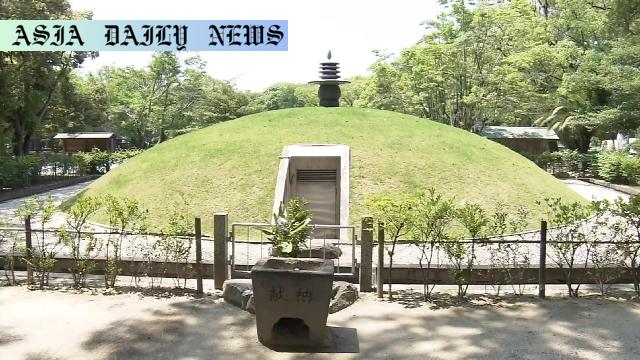Hiroshima seeks to return remains of 1945 Atomic Bomb victims to their families, marking the 80th anniversary since the bombing.

Hiroshima’s Effort to Reconnect Atomic Bomb Victims with Families
Hiroshima City, Japan, has launched its annual endeavor to reunite the unclaimed remains of atomic bomb victims with their families, marking a monumental 80-year milestone since the tragedy struck. This noble effort, rooted in remembrance and compassion, seeks to address the fates of more than 70,000 victims whose remains rest at Hiroshima’s Peace Memorial Park. Of these, 812 individuals have been identified without their remains being claimed, leaving Hiroshima officials dedicated to turning the tide of declining claims.
The city recently compiled and distributed a detailed list that includes names, ages, and addresses of the unclaimed victims as of August 1945. This document has been dispatched to over 2,183 locations, a marginal increase from last year’s outreach. The recipients include municipalities, local survivor associations, and civic spaces frequented by the public, ensuring the lists receive maximum visibility. Furthermore, the city innovatively targeted high-traffic areas, such as ferry ports in Miyajima and Kure. These spaces are intended to spark public interest, particularly among those who may hold overlooked connections to the victims.
80 Years Later: Renewed Commitment to Memory Preservation
This year marks an especially somber yet inspiring occasion in the narrative of Hiroshima’s history. Eight decades have passed since that fateful morning of August 6, 1945, when the atomic bomb leveled Hiroshima. For many Japanese citizens and descendants of victims, the 80th anniversary accentuates the importance of preserving stories, returning remains, and refocusing collective memory to heal generations of trauma. As shown earlier this June, a breakthrough occurred when a male victim’s remains were successfully retrieved and returned to surviving relatives, underscoring the potential success of these determined systems.
The collection of data and attempts to disseminate it to a greater audience also highlight the city’s evolving approach to record-keeping, remembrance efforts, and public consciousness. Hiroshima represents an enduring testament to the human will in its perseverance to honor and reconnect with its past. Initiatives like this provide a profound exploration of shared histories, generational healing, and the importance of community-driven efforts.
Conclusion: A Meaningful Path Toward Reconnection
The story emanating from Hiroshima is both heart-rending and heartwarming. As the city amplifies its quest to return the remains of 812 atomic bomb victims, it reveals the utmost respect and humanity in seeking closure for tragic histories. Significant anniversaries like this one serve as poignant reminders that even in global tragedies, individual human stories, identities, and connections matter.
Hiroshima’s efforts continue to remind us that history’s greatest challenges can foster some of the most meaningful and compassionate actions. By creating avenues—both physically more accessible and emotionally resonant—the city gives bereaved families a beacon of hope and an opportunity to find resolve, even decades later.
Commentary
The Human Pursuit of Reconnection: Hiroshima’s Nobility
The city of Hiroshima’s endeavor to return the remains of atomic bomb victims to their families is deeply moving. In a world where stories of loss often fade into history books, this initiative restores dignity, emotion, and connection to what could otherwise be an overlooked chapter in human history. It reflects resilience and humanity at its core, qualities that have come to define Hiroshima as a beacon for peace.
Preserving Memory Through Action
This noble cause underlines a pressing societal need to remember and reconnect amid the passage of time. By extensively disseminating lists of those affected, Hiroshima plays an active role in cultivating memory, respect, and closure for its citizens. As the world modernizes at lightning speed, initiatives like these stand out as testimonials of the significance of collective responsibility for preserving history and identity.
Global Reflections on Local Efforts
The effort made by Hiroshima isn’t just a nod to its local community—it resonates globally. As other countries grapple with war, conflict, and mass tragedies, the Japanese city shows an example of how well discord, even one from 80 years ago, can be mended through consistent and heartfelt action. It stirs a reflection: is each country doing enough to honor its historical tragedies?
Hiroshima extends its hand of compassion beyond the grave, reminding the world of the value of reunion and reconciliation. This initiative doesn’t merely seek remains—it restores legacies. Its mission is truly timeless.


